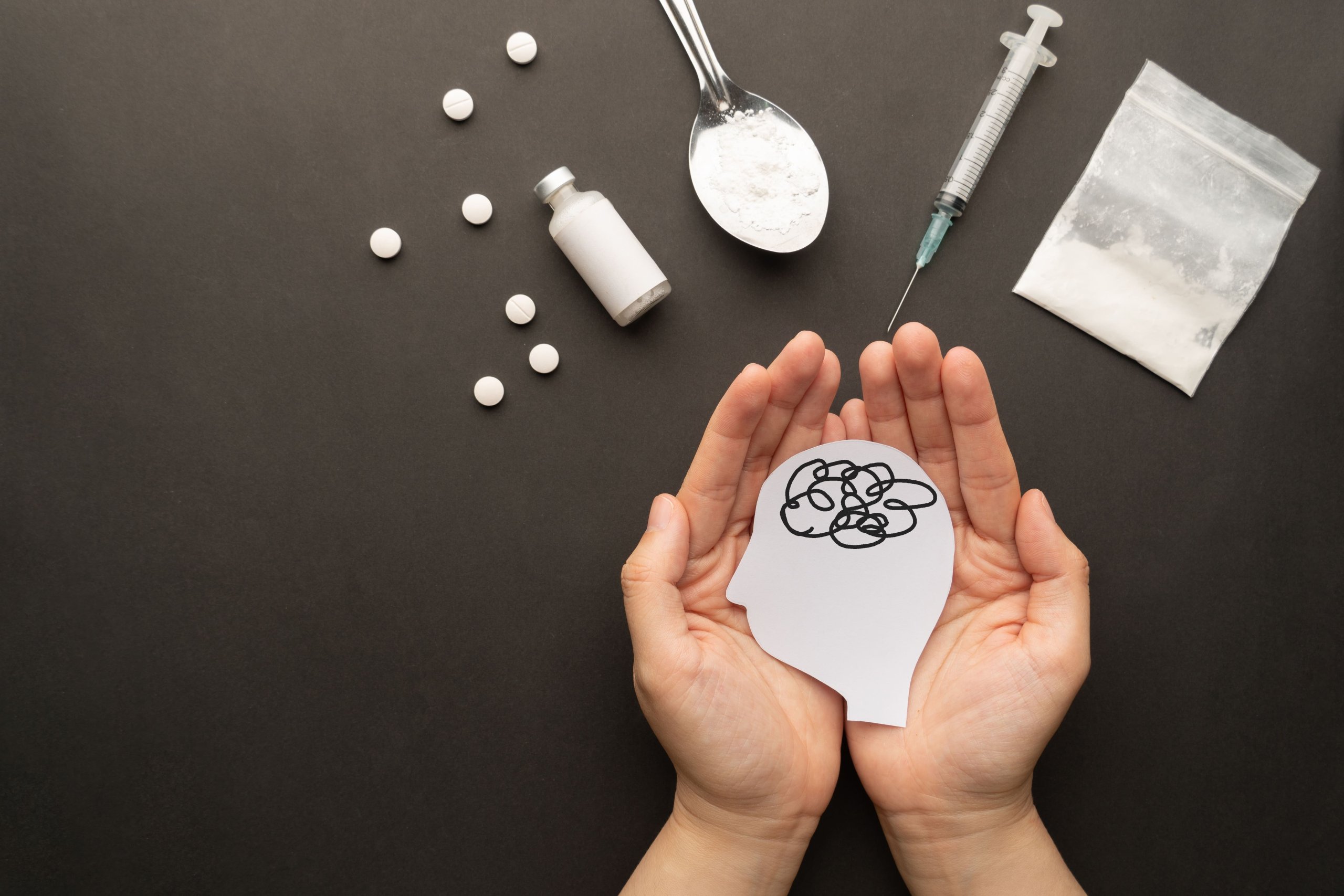Starting the journey to recover from addiction is a brave choice, and picking the right rehab option is key to long-term success. One of the first big decisions is whether inpatient vs outpatient rehab is the best fit for your needs.
Both offer valuable support and resources, but they differ a lot in structure, intensity, and overall lifestyle.
Let’s break down the key differences between inpatient and outpatient rehab, looking at the pros and cons of each to help you find the best path for your recovery.
Inpatient Rehab
So, what is inpatient rehab?
Inpatient drug rehab is a structured program where you live at the facility full-time. It’s designed to provide a focused, supportive environment for addiction recovery. Being there 24/7 means you’re away from the daily stress and triggers that may contribute to substance abuse.
Here are some pros and cons for this treatment option:
Pros of Inpatient Rehab
Complete Focus on Recovery
Inpatient rehab removes outside distractions so you can fully commit to your recovery journey.
Safe and Supportive Environment
It offers a structured, supportive space away from triggers and temptations, reducing the risk of relapse and setting the stage for long-term sobriety.
Intensive Therapy and Counseling
These programs provide a mix of therapies—like one-on-one sessions, group support, and specialized counseling—to address the root causes of addiction and build tools for staying sober.
Medical Supervision and Detox
For more severe addictions, inpatient rehab includes medical care and detox services, ensuring a safe and comfortable withdrawal process under the care of trained professionals.
Building Healthy Coping Skills
Inpatient rehab helps you learn healthy ways to handle stress, prevent relapse, and develop life skills to stay on track long-term.
Cons of Inpatient Rehab
Cost
Inpatient rehab tends to cost more than outpatient programs because of the 24/7 care and comprehensive services it offers.
Time Commitment
Choosing inpatient rehab means dedicating significant time away from work, family, and other daily responsibilities.
Flexibility
Inpatient programs often have less flexibility to fit individual needs and schedules compared to outpatient options.
Why Consider Inpatient Rehab First?
Despite the potential drawbacks, inpatient rehab provides a highly effective and supportive path to recovery.
The structured environment, separation from triggers, and intensive therapy make it a great option—especially for those dealing with severe addictions or frequent relapses.
It does require a big commitment, but the benefits often outweigh the drawbacks, offering a solid foundation for lasting sobriety. If your circumstances allow, inpatient rehab can be a key step toward long-term recovery.
Outpatient Rehab
Outpatient drug rehab takes a more flexible approach to treatment, letting you attend therapy sessions and programs during the day while returning home in the evenings.
Let’s explore the pros and cons:
Pros of Outpatient Rehab
Maintain Normalcy
Outpatient rehab lets you live at home while getting the support you need. This can help you create routines at home to ease into a sober lifestyle.
Flexibility
These programs offer more flexible scheduling, making it easier to fit treatment into your routine.
Affordability
Outpatient rehab is often more budget-friendly than inpatient care since it doesn’t include the cost of room and board. Many programs also offer sliding scale fees or accept insurance, making it accessible to more people and easing the financial burden.
Exploration and Assessment
For those unsure if they have a substance use disorder, outpatient rehab provides an opportunity to test the waters and gain a better understanding of addiction and recovery. It can be a valuable first step in addressing a potential problem.
Convenience for Busy Lives
Outpatient rehab works well for those who can’t take extended time away from work, family, or other responsibilities.
Cons of Outpatient Rehab
Self-Discipline
Outpatient rehab takes a lot of self-motivation and discipline to show up for sessions and stay engaged in your recovery.
Exposure to Triggers
Staying at home means you might still face triggers and temptations, which could make relapse more likely.
Less Intensive Support
Compared to inpatient rehab, outpatient programs offer less supervision and hands-on support, which can be tough for those with severe addictions.
Unstructured Time
The extra free time in outpatient rehab can be tricky to manage, especially early in recovery, potentially leading to boredom or a higher risk of relapse.
Finding the Right Outpatient Program
With so many outpatient options out there, it can feel overwhelming to choose the right one. That’s where Taste Recovery comes in. Our user-friendly filters on our homepage make it easy to find programs that fit your needs, location, and preferences.
Choosing Your Rehab Path: Factors to Consider
Deciding between inpatient vs outpatient rehab is a big step, and it’s important to think about what works best for you. Here are some key things to keep in mind:
- Severity of Addiction: If your addiction is severe or you’ve struggled with relapses, the 24/7 support and structure of inpatient rehab might be a better fit.
- Your Needs and Preferences: Think about what works best for you. Do you prefer a structured, immersive setting, or do you thrive with more flexibility and independence?
- Support System: If you have a strong network of family and friends to lean on, outpatient rehab might work well. But if your home environment isn’t supportive or feels risky, inpatient care could provide a safer option.
- Budget and Insurance: Look at your finances and insurance coverage to see what’s realistic. Explore different programs and payment options to find one that fits your budget.
A Typical Path to Recovery
A lot of people take a step-by-step approach to recovery.
It often starts with detox (if needed) to safely handle withdrawal symptoms.
After that, inpatient rehab helps stabilize things and lay the groundwork for sobriety.
From there, they might move on to outpatient programs like Partial Hospitalization Programs (PHP), intensive outpatient programs (IOP), or support groups, gradually easing into less intensive care as they make progress.
If you have children, a job you can’t leave, or other significant commitments, exploring treatment options can feel like a lot. But at Taste Recovery, we’re here to make it easier. Check out our intensive outpatient programs designed to fit your unique needs. Recovery is possible, and there’s a path that works for you.
Table of Contents
Chapter Navigation
Continue Reading
Chapter 13
This chapter covers the facts of substance abuse, including the science behind addiction and how it affects people.
Chapter 14
We look into the ethical questions around forcing someone into rehab and whether or not it actually works.
Chapter 15
This chapter explores how rehab success is measured and what you can realistically expect from substance abuse treatment.



